#Grant Morrison's Batman
Explore tagged Tumblr posts
Text






2009's Batman and Robin Vol.1 #1 cover by Frank Quitely and Alex Sinclair (original pencils, sketch variant, 1st printing & 2nd printing).
#Batman and Robin#Frank Quitely#Grant Morrison's Batman#batmobile#comics#DC#dc comics#batman reborn#cover#Dick Grayson#Damian Wayne#dynamic duo#2000s#cool comic art#pencils#2009#final crisis#Batman R.I.P.#art#Robin#death of batman#battle for the cowl#cool#Bruce Wayne's legacy#great duo#cover art#Batman#brat#best robin costume#cool look
20 notes
·
View notes
Text
I don't care what Grant Morrison or anyone else on the planet says-- this is my Talia. She is complex and traumatized and loving and scared and as gentle as she possibly can be with hands taught only to kill, and Bruce is (until Damian) the brightest, most beautiful thing in her life. She loves that man more than anything. Fuck you. Go read Batman Chronicles #8.



#this comic is ruining my life#i SOBBED#axel rambles sometimes#dc#dc comics#dc ships#batman chronicles#batman chronicles 8#talia al ghul#talia head#al ghul family#anti grant morrison#pro talia al ghul#bruce wayne#ras al ghul#ra's al ghul#league of assassins#league of shadows#brutalia#bruce x talia#talia x bruce#bruce and talia#talia and bruce#angst#axel's panel collection
175 notes
·
View notes
Text
I feel like making waves!
(Some of these are like my Anti-Takes, so oh god please do not come raze my home to the ground and salt the earth!)
#fandom polls#dc poll#dc comics#tom taylor#tom king#devin grayson#grant morrison#oliver queen#clark kent#conner kent#kon el#jon kent#dc trinity#justice league#batman#superman#wonder woman#jason todd#tim drake#dick grayson#ric grayson#boostle#booster gold#blue beetle
364 notes
·
View notes
Text
batman writers on how he has no sex life:

"[Bruce Wayne's] not gay because he has no sex life" - Grant Morrison

"[Bruce Wayne] is celibate. Any kind of sexual involvement would take thought and energy away from his mission" - Dennis O'Neil
#genuinely so obsessed with this interpretation i think its the funniest thing alive#bruce wayne#batman#scott peterson#dennis o'neil#grant morrison#my posts
75 notes
·
View notes
Text
A message for DC writers:
If you make a ‘hero’ an abuser (some Batman runs), a pedophile (you know what you did, Hal), a racist, a bigot, an all around terrible person, you haven’t written a hero, you’ve written a bad person who does acts of good occasionally.
Thank you.
72 notes
·
View notes
Text

help.
help
help i just rediscovered “ian wayne”
help
help
(edit: IS THAT TITUS)
send help

#dc comics#batman#dc universe#batfamily#damian wayne#ian wayne#white boy ian#grant morrison#when i find you!#he’s like#an untrained bastard child of bruce#who’s like…. super spoiled#picture fred from velma#that’s him#that’s ian
99 notes
·
View notes
Text

This page is so fucked up, if you stop and think about it a little. Batman, the hero of Gotham who protects everyone, the hero who comforts children with lollipops, intended to send his own 10 year old son to an abusive place.
In this context, Talia is a horrible mother who can (and did) willingly kill her own son. Damian didn't even meet her until he was eight. He was deprived of a mother's and father's love. Talia was an abusive and evil character, a cartoonish, a two dimensional villain.
In this context, League of Assassins wasn't an organisation that wanted to make world a better place for animals and plants. They gassed Damian's pets because apparently they were a weakness. They were a cult who terrorised everything and everyone with only evil intentions.
And Bruce Wayne, Batman, wanted to send his son, a ten year old child who didn't know anything other than pain, death and suffering, to this abusive cult and to his abusive mother just because he saw a dream of an evil Batman. He didn't even know it was Damian, he just assumed it was. And it took Damian's death to prove him that it actually wasn't him.
Bruce might have not abused Damian with his own hands, but sending him to League of Assassins, even while Damian said that he wanted to stay with his father, begged him to not send him to his mother, even while before this, Damian still had chosen Bruce over Talia, is abusive.
Writer tried to justify it by saying, "Oh, yes, this child will be a very evil adult when he grows up.". But that's also fucked up in it's own. No one should be punished for something they didn't do.
You see a dream in which your child allegedly becomes a villain in the future. So instead of, you know, raising him to be a better person and teaching him to be a hero, you sent him to a villain organisation where he will be a bigger threat by being a worldwide villain, not just a Gotham villain. Great idea, Bruce 😃!
Damian was desperately trying to gain his father's approval, he was desperate for his father's love. He tried, repeatedly, to prove himself to Bruce. And in return Bruce did this. And yes, Damian died because of this. Because he wanted to show his father that he could be good. Thus, this made it his end.
And no one around them said that it wasn't a good idea to send a child to his abusive mother. So they are not blameless too.
So yeah, Grant Morrison didn't only butchered Talia's character, he butchered Bruce's too. Didn't anyone in DC realize how horrible this was?
#damian wayne#damian al ghul#bruce wayne#talia al ghul#grant morrison#anti grant morrison#batman#dc#dc comics#just make bruce and talia good parents#damian deserves good parents#you are just destroying their characters by making them bad#dc please stop 😭
136 notes
·
View notes
Text

There's only one thing worse than a Batman!
*dramatically rips off a sticker above "Batman"*
A Green Lantern!
#morrison's run on GL is a real trip#grant morrison#hal jordan#green lantern#bruce wayne#batman#dc comics
41 notes
·
View notes
Text


Propaganda under the cut

33 notes
·
View notes
Text

One of the most deeply uncomfortable rogues scenes I’ve ever fucking read get Damian away from this freak
#dc#dc comics#batman#batman comics#robin#Damian Wayne#Damian Wayne Robin#grant Morrison#frank quietly#professor pyg
114 notes
·
View notes
Text
Thinking brutalia thoughts again….

40 notes
·
View notes
Text
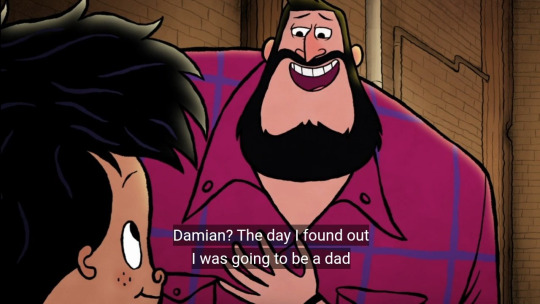

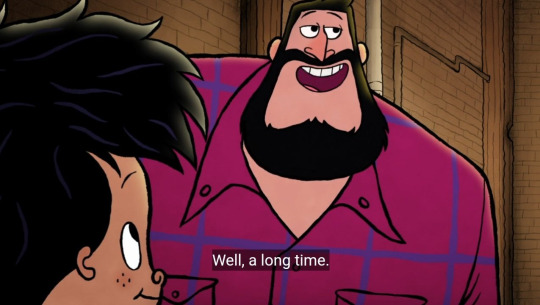
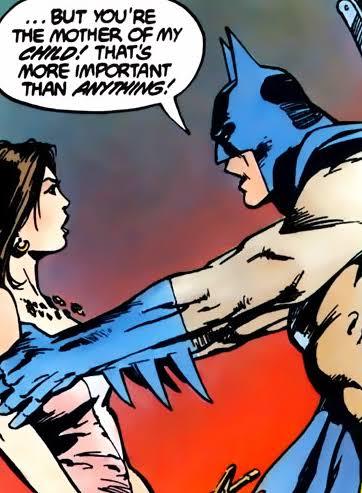

#I DON'T CARE THEY ARE IN LOVE IN THIS UNIVERSE#fvck all grant morrison fans who disagree#please they are a happy family#brutalia#damian wayne#merry little batman
297 notes
·
View notes
Text
"erm well even if the rapist Talia stuff was retconned, it really ruined her character and I'll always see her as a rapist now 🤓☝🏻--" You should be shot in the streets like a dog.
#sorry i'm having a moment#axel rambles sometimes#anti grant morrison#pro talia al ghul#talia al ghul#al ghul family#talia head#brutalia#dc#batman#batfamily#batfam#sa tw
144 notes
·
View notes
Text
Grant Morrison's Dick Grayson is essentially "The One Man that The Joker Can NEVER Defeat".

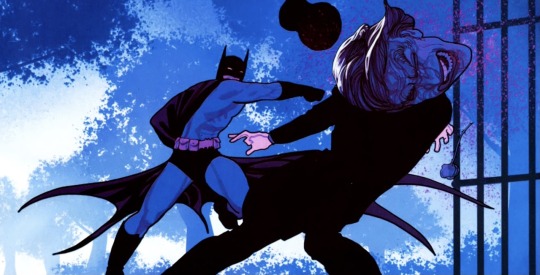
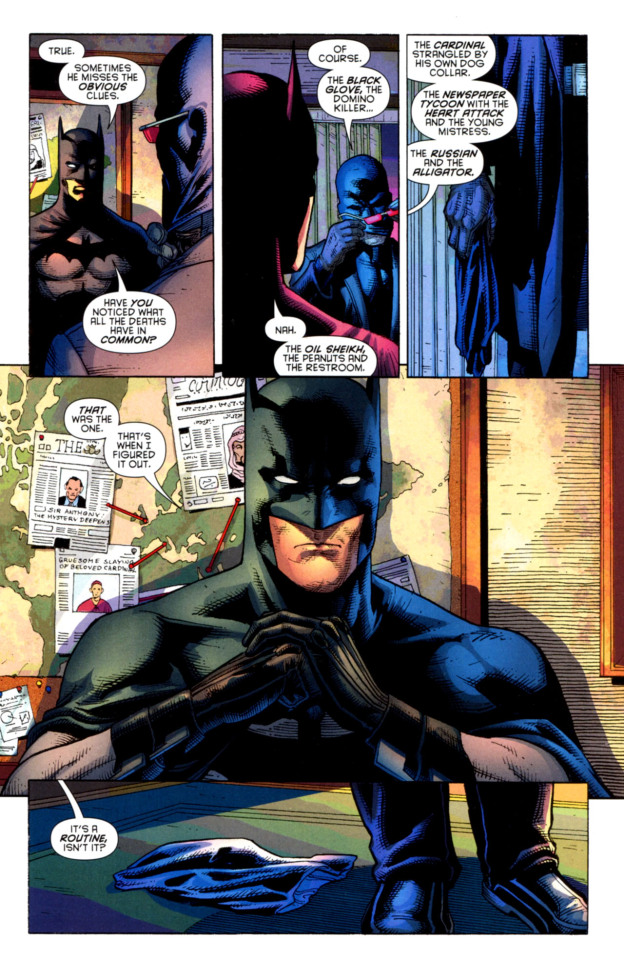




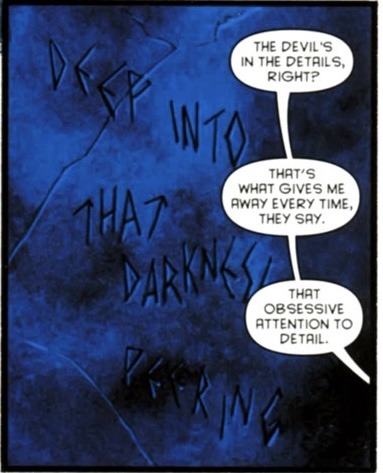
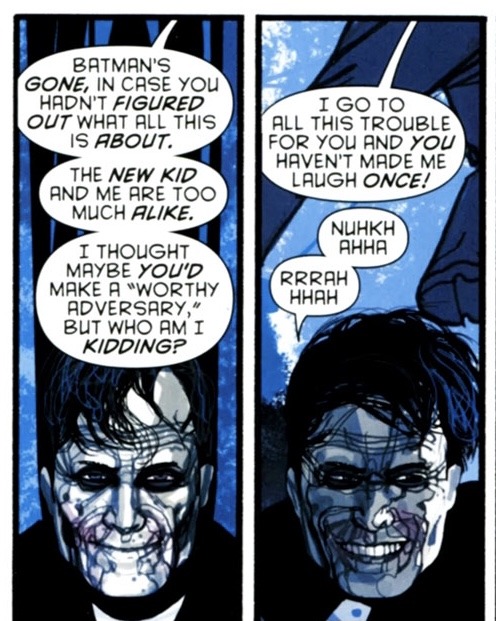
Sources: Batman (1940) #682, Batman and Robin (2009) #12, 13 & 16.
"I love that...Dick Grayson is just happy. Just, NOTHING depresses him. His parents died and he fought back. He's been a superhero since he was 10 years-old and— THAT guy; you know, who was in the Teen Titans, who KNOWS everyone, he's Superman's pal, he's Jimmy Olson's pal, he's THAT guy, you know?" -Grant Morrison
Dick is Mr. Laughs-in-the-Face-of-Danger. He out-laughed the freaking Joker (and continues to)!
#the beacon that lights up the dc universe everyone!#dick grayson#grant morrison#the joker#batman#robin#batman and robin#nightwing#dickbats#comics#dc comics#bat family#batfam
251 notes
·
View notes
Text
"Talia can never be redeemed and her romance with Bruce can never come back because *falls for Grant Morrison's/DC's extreme racism towards asian and arab characters in the 2000s/2010s"
Yeah, sorry, but shut the hell up. It never fails to astound me when DC actually tries to fix the mistakes they made with Talia/the al Ghuls in general these last two decades and the fans manage to be even worse than DC by clinging to the blatant racist/sexist writing of the past instead of embracing the turn for the better.
"But she did this and that!"
She's a fictional character in a fictional universe that is aware that it goes through continuity changes/retcons. What Grant Morrison did to her character was a a complete retcon of her 30 year history and characterization with zero respect for her. Why am I supposed to take Morrison's bullshit as gospel and reject any attempts to fix her from writers who know better?
#talia al ghul#fuck grant morrison#I'm fine btw#Just not really keeping up with comics right now#It's just that not a lot of interesting stuff is going on#because apparently the DC comics fandom is forever stuck in the 2000s#And the things that annoy me...well its more or less always the same#I'm not sure if there is much new to say#The main Batman book somehow manages to be one of the worst Batman books#Once again the writer is a Tim fan who doesn't even try to be subtle about their favoritism#and fans will bring up crap from Morrison's run to justify their terrible takes even almost 20 years later#Seriously how the hell do people still manage to write edgy fanfictions about “Dick firing Tim as Robin and trying to sent him to Arkham”#Which isn't even what happened at all#Over 15 years later?#Is there really nothing else to write about???
77 notes
·
View notes
Text
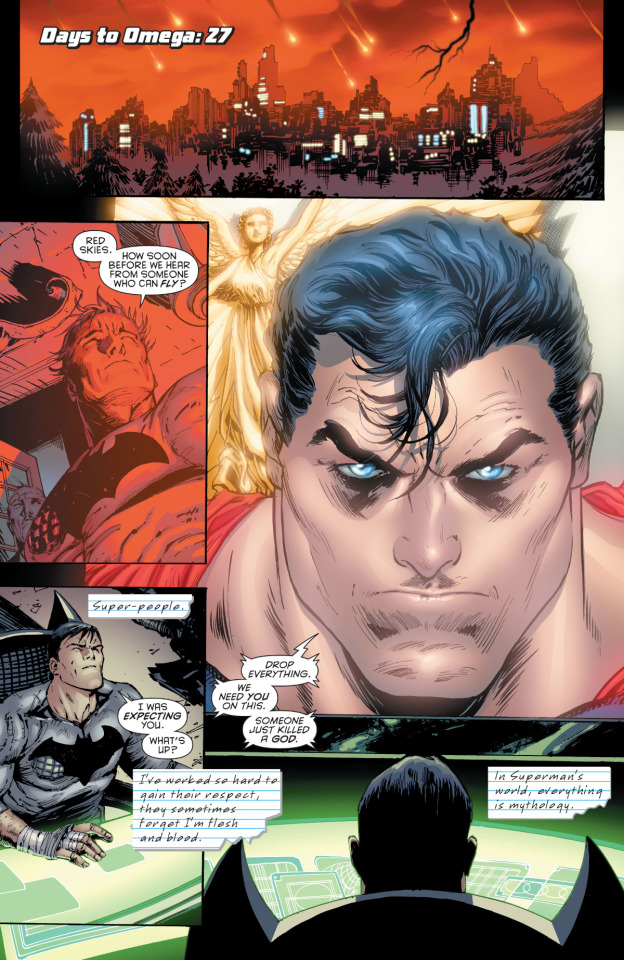
September 2010. As Bruce contemplates his very narrow escape from the Black Glove in BATMAN #701, he fields a call from Superman, who is always operating on a completely different wavelength. Morrison's observation here about Batman's relationship with his costumed colleagues isn't exactly new — witness the well-known scene in JUSTICE LEAGUE: TAS where he plunges from the sky while laconically reminding his comrades over the radio that he can't fly, at all — but it is succinct. The central theme of the "Batman: R.I.P." story of which this is part, and really Morrison's key insight into Batman as a character, is that being Batman is part of Bruce Wayne's determination to always control the narrative, no matter what. This brief scene is a reminder that however much love or respect Bruce may have for Clark, Superman's mere presence makes that control very difficult, because Superman by his very nature exists in a world of alien visitors, cosmic crises, and evil gods.
In the late '80s and throughout the '90s, it became very de mode to insist that Batman had a sort of Luthorian dread of super-people and was never more than one or two steps away from plotting their extermination, but Morrison's take is simpler than that: The core issue for Bruce is not necessarily that he mistrusts people with superhuman powers, but that when he's around them, they expect him to be a superhero, and not just a costumed mystery-man with a head full of esoteric knowledge and a belt full of Bat-gimmicks. It's true, too — I'm reminded of WORLD'S FINEST COMICS #278, back in 1982, where Katar Hol decides it's time for some regime change on his home planet Thanagar and recruits Superman and Batman to help him. What's most striking about the story is that neither Katar nor Superman even bothers to ask if Bruce might need to stop by the cave to pick up anything before they fly off to invade an alien world 400 light years away. They just expect him to roll with it, because after all, he's Batman, isn't he?
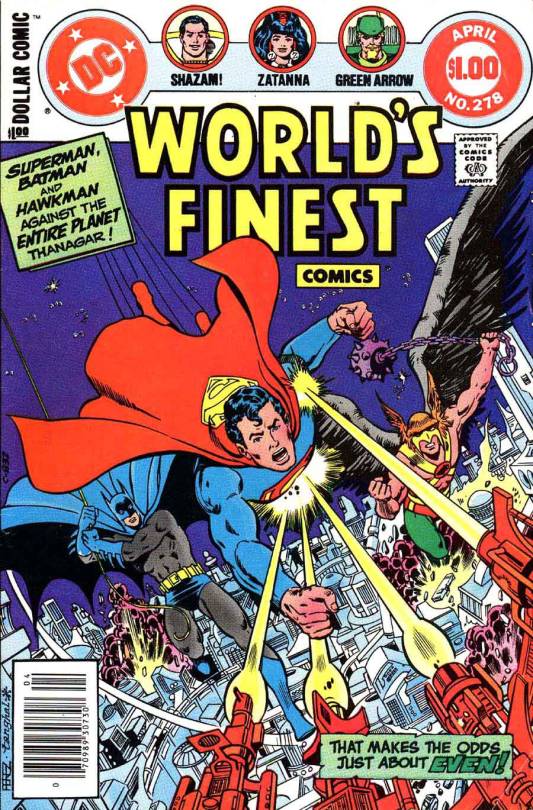
#comics#batman#grant morrison#tony daniel#ian hannin#bruce wayne#superman#alfred pennyworth#final crisis#batman r.i.p.#justice league animated#superbat#hawkman#katar hol#thanagar
101 notes
·
View notes